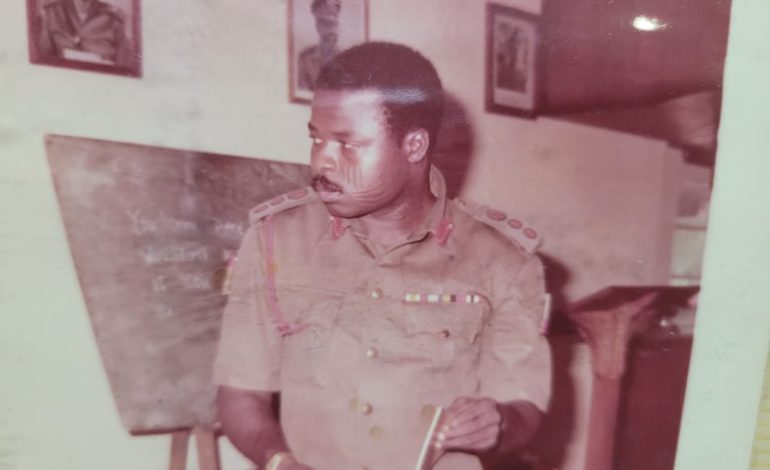‘AI has come to stay, accept it’

By Nduwhite Ahanonu

COUNTDOWN TO APRIL 2 SUBMISSION DEADLINE: 10 DAYS TO GO!
ARGUMENTS for and against and submissions about Artificial Intelligence (AI) will continue for a long time. But one thing is clear: AI has come to stay! In 2013 I was at TED Conference in California, I argued vehemently that computers won’t be able to make art. Fast-forward to 2018 in Venice, there was a programme by Google called magenta that could generate art through filtering of neural network (algorithms); the point here is that a few computer art was exhibited in Venice biennial.
What the above points to is that we all have a very valid argument. AI art, traditional art , reference for making art, etc: all of these are still relative: when I say relative, I am thinking in terms of one factor: TIME. A few years ago, we argued about digital art and NFT’s. Again, what happened to that craze? That’s conversation for another day.
Time is definer of men’s work’ time chooses the pages of our autobiography; all works under the sun will be tested by time. My take is, either you go with the flow or against the flow, it is all like the matrix. Society has always been a system, and systems has semantics: it is either the blue pills or the red pills, the choice is yours.
AI Art is part of us now. AI has reengineered almost everything. AI is NOW! Why go against now! Imagine you didn’t dance break-dance when we were dancing break-dance. How many of us can keep up on the dancefloor with all these young lads today?
Great Dr. Uche Okeke in the book 100 Artists’ Manifestos: From the Futurists to the Stuckists talks about natural synthesis, a movement that was relevant and modern to them then, but argued that it is impossible for them to go back and like great artists in the past.
That book contains 100 artists’ manifestos of artists from all over the world. The Swadeshi Collective of Sri Lanka in the 1930s and 1940s to the Afro-Caribbean Surrealist Group to the Negritude Movement. In the 1950-60s in North Africa and Middle East, we have Khartoum School in Sudan, the Aouchem Group of Algeria who took their form from the Berber Body.

AI-generated art by Nduwhite Ndubuisi Ahanonu
While we were experiencing Pan-Africanism Art Movement (Natural synthesis) in Zaria Art School, also across the Pan-Arabism in Iraq in 1969, in Senegal in 1966, President Leopold Sedar Sanger started the first World Africa Art Festival and a cultural manifesto was written in 1969, which is today’s Dak’Art. The Serbian group Gorgona of 1961, to the manifesto of Polish Artists, even the Storm Society in early 1930 in China and the most recent Chinese Artist United Overseas, led by Al Wei Wei, to the Star Group in Beljing in 1979, to the African-Cobra American Artist Group foraging for recognition (1960-1980).
Finally and very interesting is the VNS Matrix Uber Feminist Manifesto, who wrote a futuristic manifesto which seeks to disrupt and infiltrate the sexist swamp of early web technology.
In conclusion my friends: every work of art is the child of its age, and in many cases, mother of our emotions. Late Dr. Uche Okeke summed up this dilemma, (yes, your read right dilemma; it is because of our artistic autonomy… a conversation for another day), when he said, “Our new society calls for a synthesis of the old and new, of functional art and art for art sake… It is equally futile copying our old art heritage, for they stand for our old order, culture lives by change. Today’s social problems are different from yesterday’s, and we shall be doing grave disservice to Africa and mankind by our fathers’ achievements, for this is like living in an entirely alien cultural background.”
* Ahanonu is the founder of International Institute for Creative Development (IICD), Abuja, an organisation helping to reposition the ideology and creative narratives of Abuja art scene/artists and Nigerian artists generally



